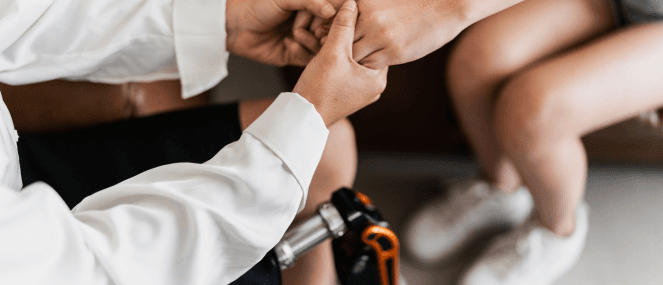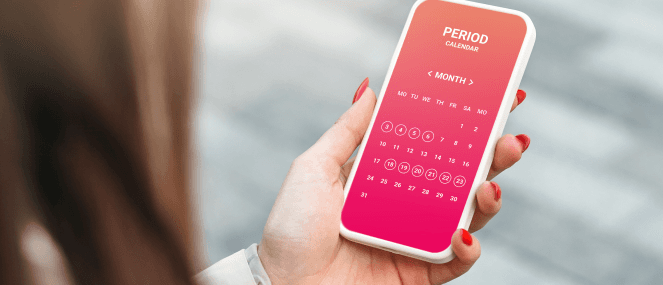
- Health hub/
- Stress relief & sleep support/
- Too busy for a lunch break?


A 2013 survey by think tank the Australian Institute reports that 3.8 million Aussies routinely skip lunch breaks, instead saying they are “too busy”.
Among respondents who do take lunch breaks, the meaning of the traditional ‘lunch break’ barely holds. 72% of this group described their break as ‘eating at the desk’, or ‘postponing’ their break until mid-afternoon.
Executive Officer of the Australia Institute, Dr Richard Denniss says:
“Lunch breaks have always been a part of modern workplaces, but in recent decades more and more people report that they are too busy or too rushed to do something as simple as walk away from their desk to eat their lunch. While Australians used to celebrate the practice of taking a long lunch, we’re now struggling to even manage a short one.”
Despite the lack of people taking breaks, however, many Australians are well aware of the benefits of pausing for lunch.
The majority of people surveyed acknowledge that a lunch break boosts their productivity: 25% say that lunch breaks lessen work-related stress, and 33% say that lunch breaks make work more enjoyable.
Kate Carnell, CEO of beyondblue, adds: “It’s great that people are committed to getting the job done, but it is sensible to take a break away from your desk or the production line to exercise and think about other things. A regular walk at lunchtime improves both your physical and mental health and you will resume work feeling refreshed.”
The survey forms part of a larger report on Australians’ working lives entitled Hard to Get a Break?.
Early-release findings from the report include the fact that 5.1 million Aussies eat lunch at their desks, and that 25% of Aussies check work emails and answer work-related calls outside working hours.
Why should I take a break?
Apart from the fact you know it’s good for you, lunch breaks increase happiness – particularly when they take place outdoors.
According to deliveringhappiness.org, scientists at the University of Sussex evaluated happiness levels while various workers ate lunch at several different locations.
Happiness scores were collated for each location, and the site reports that workers who ate lunch at a beach experienced the highest uplift in happiness.
“The outdoor locations with the next highest happiness scores (in descending order) were a public green space, a restaurant, home with family and public transport.”
On the other hand, “People who stayed in and ate at their desks experienced a slight decrease in happiness.”
References available on request




